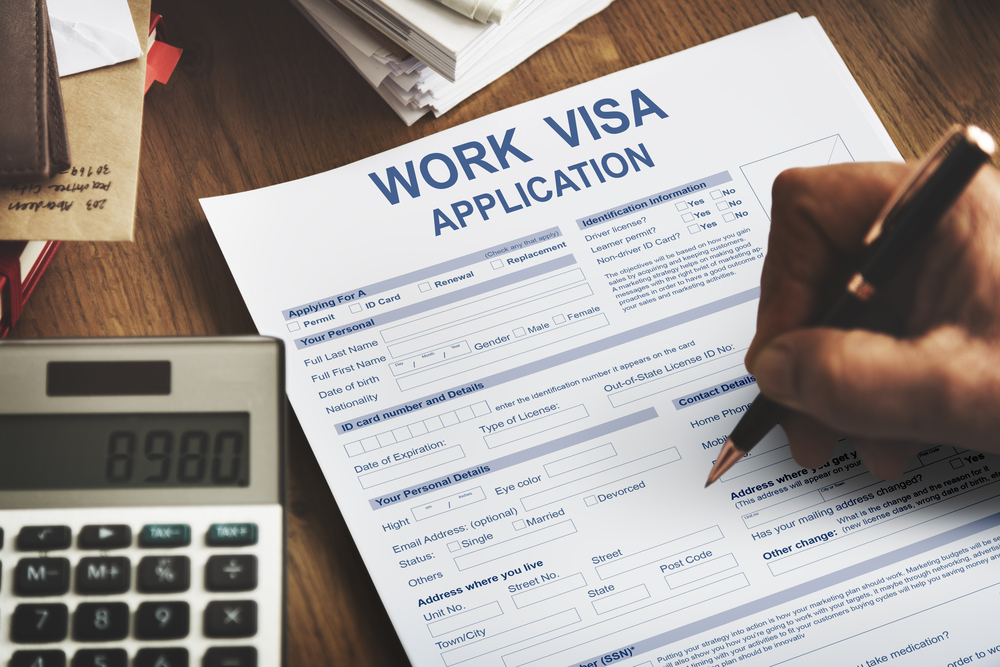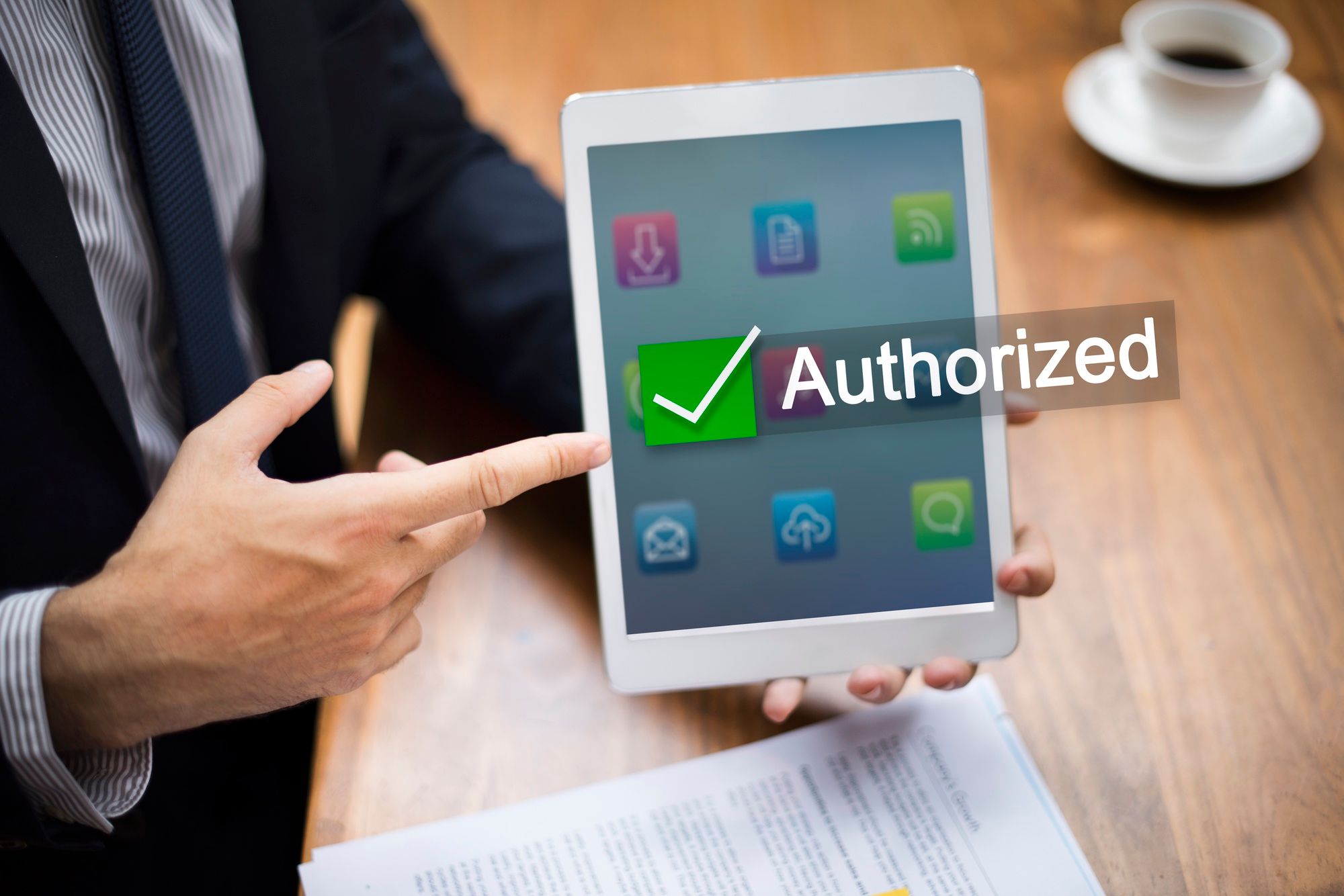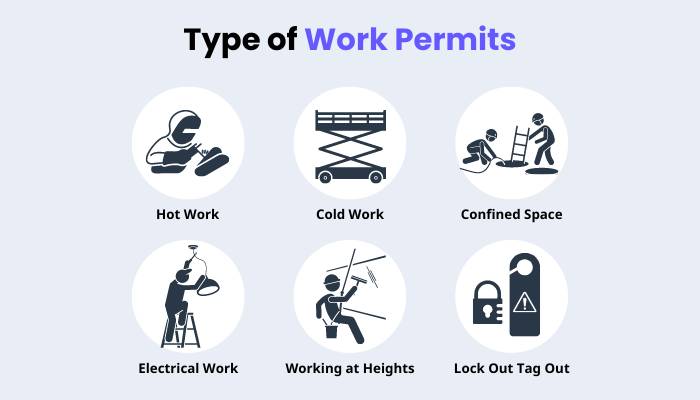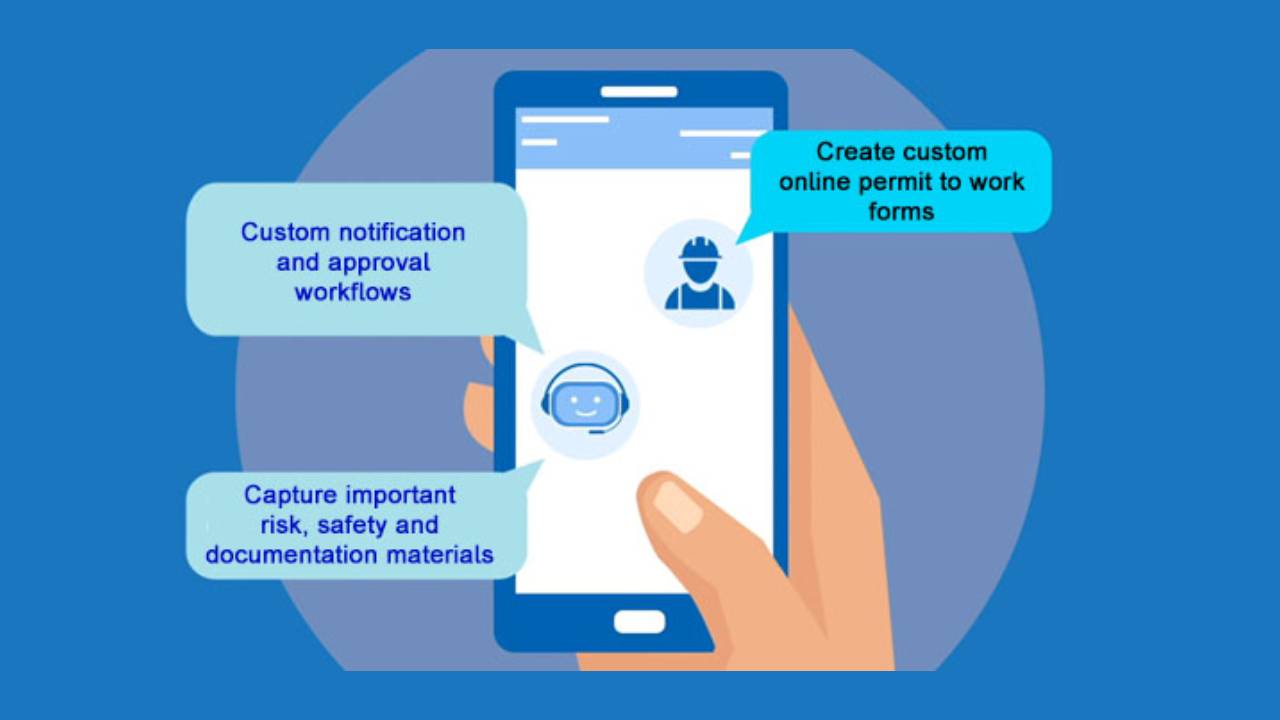
Problems With Traditional Process of Creating Work Permits
-
Time-consuming : Creating a manual permit can be a time-consuming process, especially if there are multiple permits required for different tasks. This can result in delays in starting work and may cause disruptions to the production schedule.
-
Inconsistent : When permits are created manually, there is a risk of inconsistency in the information provided. This can result in confusion or misunderstandings about the scope of work, safety procedures, or the hazards associated with the work.
-
Errors : Human error is always a risk when creating permits manually. Errors in the permit can result in safety hazards being overlooked, leading to accidents or injuries.
-
Difficulty in tracking : Manual permits can be difficult to track, especially if there are multiple permits for different tasks being carried out at the same time. This can result in confusion and may make it difficult to ensure that all necessary safety measures have been taken.
-
Lack of integration : Manual permit creation may not be integrated with other safety systems in the factory, such as risk assessments, safety audits, or incident reporting. This can result in a lack of visibility and coordination across safety-related activities.
Overall, manual permit creation can be inefficient, inconsistent, error-prone, and difficult to track, which can compromise the safety of workers and the productivity of the factory. An automated permit system can help to address these problems by streamlining the permit creation process, reducing the risk of errors, and improving the visibility and coordination of safety-related activities.
Our System is the best Solutions for all these Problems
-
Faster permit creation: Digital permit creation can significantly reduce the time it takes to create a permit. Workers can access a digital permit system from any location, and the system can automatically pre-populate the permit with relevant information, such as the task, equipment, and safety procedures required.
-
Consistent information: Digital permits can help to ensure consistency in the information provided, as the system can automatically populate relevant information and provide standardized options for safety procedures and hazard identification. This can reduce the risk of confusion or misunderstandings about the scope of work or safety procedures required.
-
Improved accuracy: Digital permits can reduce the risk of errors in the permit creation process, as the system can automatically validate information, identify hazards, and provide prompts for required safety procedures. This can reduce the risk of accidents and injuries resulting from incorrect or incomplete information.
-
Easier tracking and management: Digital permits can be tracked and managed more easily than manual permits, as the system can provide real-time visibility into the status of each permit, including the approvals required, the tasks completed, and any changes made. This can improve coordination across safety-related activities and make it easier to ensure that all necessary safety measures have been taken.
-
Enhanced reporting: Digital permit systems can provide more robust reporting capabilities than manual permit systems, as the system can automatically capture data on permits, including the number of permits created, the types of tasks performed, and the safety procedures required. This can help to identify trends, prioritize safety improvements, and support regulatory compliance.

Overall, digital permit creation can help to streamline the permit creation process, reduce errors, improve safety, enhance visibility and control over safety-related activities, and support regulatory compliance.

All Type of Work Permit can be Created
-
Hot Work Permit: This permit is required for any work that involves heat, sparks, or open flames, such as welding, cutting, or brazing. The permit ensures that proper precautions are taken to prevent fires and explosions.
-
Confined Space Permit: This permit is required for any work that involves entering a confined space, such as a tank, vessel, or ductwork. The permit ensures that proper precautions are taken to prevent suffocation, explosion, or other hazards.
-
General Work Permits are typically used for low-risk activities that are performed on a regular basis, such as routine maintenance or cleaning tasks. However, even low-risk activities can present hazards, and it is important to ensure that workers are trained in safe work practices and have the necessary personal protective equipment to prevent accidents and injuries.
-
Electrical Work Permit: This permit is required for any work that involves electrical systems, such as installing or repairing electrical equipment.
-
The LOTO work permit may also include information about the specific lockout/tagout devices that need to be used to secure the equipment, as well as any special tools or equipment required to perform the work safely.
Others features of the system
-
Push notifications: The app will send the push notifications to authorized personnel to alert them when new permits are issued, or when a permit is about to expire.
-
Real-time tracking: The app allows the users to track the status of permits in real-time, including when permits are issued, modified, or closed.
-
The app should allow users to upload photos or documents related to the permit, such as Job site images.

